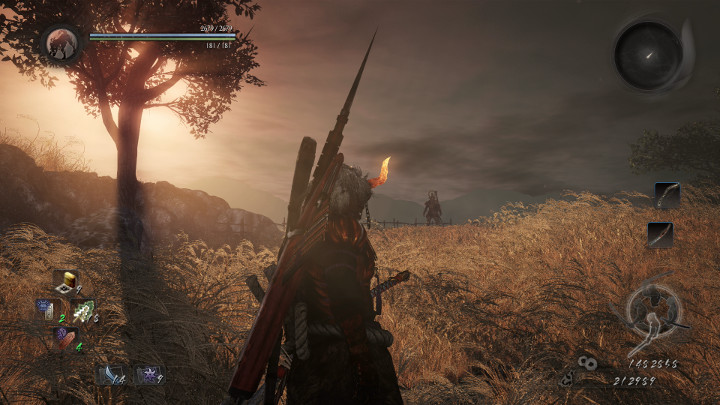
I found myself in a bit of a quandary when it came to picking up Nioh. I’ve been an ardent fan of the Souls series since the awkwardly possessive first title Demon’s Souls. Each time a new entry was released, I devoured it with a ravenous glee. Now that the Dark Souls trilogy has come to an end — with no sign of Bloodborne 2 on the horizon — I’ve anxiously searched for Souls-likes to fill the void.
But when Nioh released alongside so many other tempting titles, I had to ask myself: Do I really need this game?
The answer turned out to be a resounding yes, but not for the reasons I had thought. I was attracted to Nioh because of its Souls-like qualities, but the game is something else entirely.
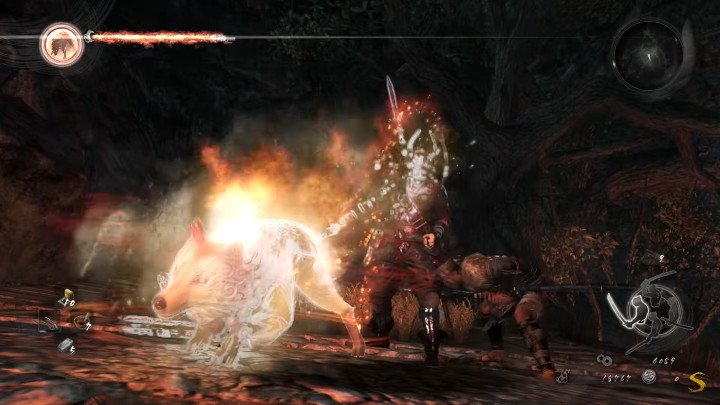
Sure, Nioh lathers its tutorial with familiar Souls-isms. There are bonfire-esque checkpoints, Souls/Blood Echoes/Amrita loss upon death, and challenging early-game enemies, but that’s likely on purpose. Nioh wants Souls vets to feel at home as they settle into this strange piece of historical fiction.
Combat is a crucial pillar of any action RPG series, holding players’ interests in between time spent in menu screens. Both Nioh and Souls share a stamina-based system wherein anytime the player whacks something (or blocks an incoming whack), a green stamina bar is decreased. Appropriately managing one’s stamina bar in the heat of combat separates new recruits from battle-hardened samurai, just like in real life.
“But if combat revolves around the stamina bar,” you begin, pressing your spectacles back on the bridge of your nose, “then how can they truly be different? Demon’s Souls utilized a stamina system first!”
Allow me to raise my own glasses in an equally haughty manner.
Stamina-based combat dates as far back as Secret of Mana. The wheel wasn’t exactly invented in 2009. The stamina bar in Dark Souls or Bloodborne tends to deplete to about half or one-quarter full before a player retreats to recover stamina, whereas the stamina bar in Nioh tends to shift all over the place in combat.
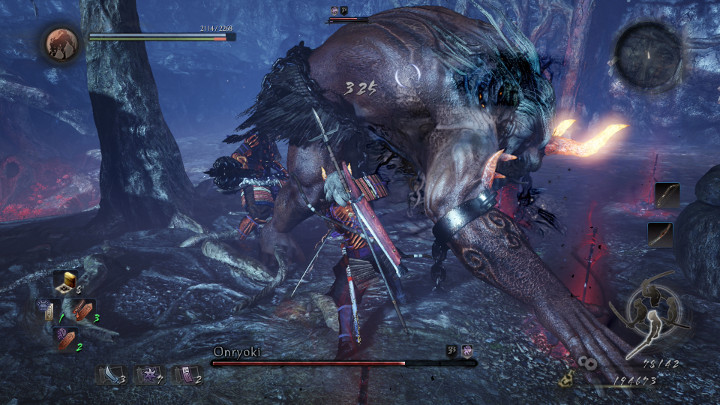
Souls games focus on a cautious precision, rewarding players for finding openings, inflicting incremental damage, timing dodges, and knowing when to back away and recharge stamina. Combat tends to feel methodical and honed, albeit a little inelegant.
Nioh, on the other hand, focuses on very aggressive timing. Much of this has to do with the game’s stance and Ki Pulse systems, which reward players with more stamina or an extra attack if they successfully time their attack sequences in combat. Movement is fluid as players best opponents with a barrage of low, mid, or high stance blows that each behave differently and apply different amounts of damage to different hitboxes.
To be honest, Nioh reminds me of happy hours hacking away at Orcs and Haradrim in the Return of the King movie tie-in game or scything through Cao Cao’s armies in Dynasty Warriors 5. And that’s not a bad thing. For me, that’s a very good thing.
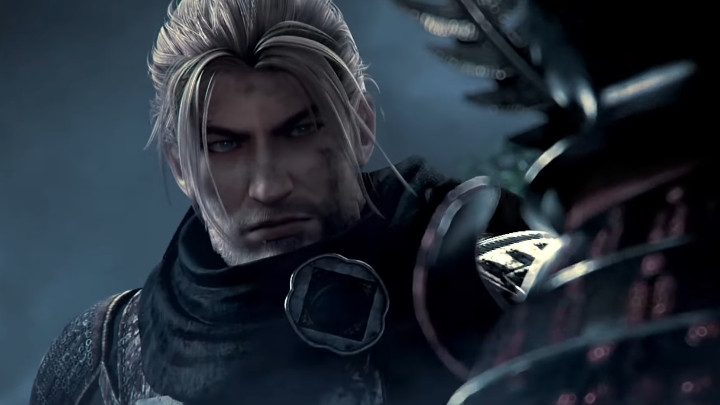
I feel cool when I play Nioh, like a video game greaser flipping combos with my switchblade and tucking Guardian Spirits into my rolled-up sleeves. The moves are flashy and the combos are long, accentuating the samurai fantasy experience. It adds layers of nuance to what I’m sure could’ve been a bland two-button combat system punctuated by super moves. Nioh takes the flash of previous hack-and-slash games and adds the sense of accomplishment Souls players so often feel when combat finally seems to come together for them. A few missions in and Dark Souls hardly feels like the basis of the game’s combat system.
Did I say missions? Yes, Nioh foregoes the open world for a map of 17th-century Japan. Missions are much more like levels that players will play and replay from different angles in side quests, collecting all the loot and Jinjos — er, Kodama — that they can find. Everything feels contained, bite-sized, and accessible, which is a pleasant change of pace from the daunting buenavistas of Lordran or Boletaria. While combat was the first aspect of Nioh that struck me as fresh, it’s the atmosphere that truly separates it from a Souls-like.

When I visit the New Londo Ruins, the palpable sense of a civilization lost overwhelms me. In Yharnam, the imminence of an entire world’s mind-shattering eradication terrifies me. In Irithyl, the mystery of a cloud-covered secret amazes me. In any Souls game, the setting is as much a character as any forlorn soul who crosses your path in game. Rich with detail, the set pieces and item descriptions tell a thousand interweaving stories of cultures and peoples long since passed.
Nioh just feels like Sengoku-period Japan, and that’s okay! These series have entirely different purposes and excite in their own ways.
Saying Nioh isn’t a Souls-like isn’t a dirty insult, but a compliment. Nioh is an intrepid new take on the action RPG, and it exudes enough different qualities to merit independence. The Souls series certainly inspired some aspects of Nioh, but not enough to categorize it in the same sub-genre of action RPG.
But hey, I haven’t even cleared the second island yet.
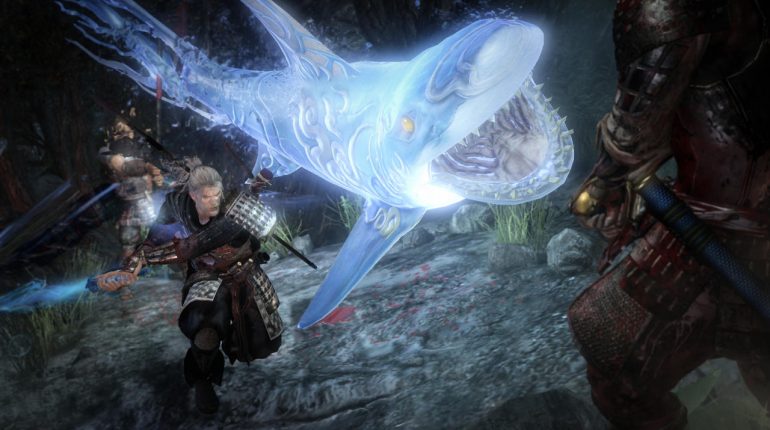
Whilst I agree there are big differences in the combat/stamina system and the focus on Diablo style looting. To say it’s not a Souls game is just wrong. There are too many similarities to ignore. And this is coming from a lover of Souls game since Demon’s Souls and someone that perhaps prefers Nioh.